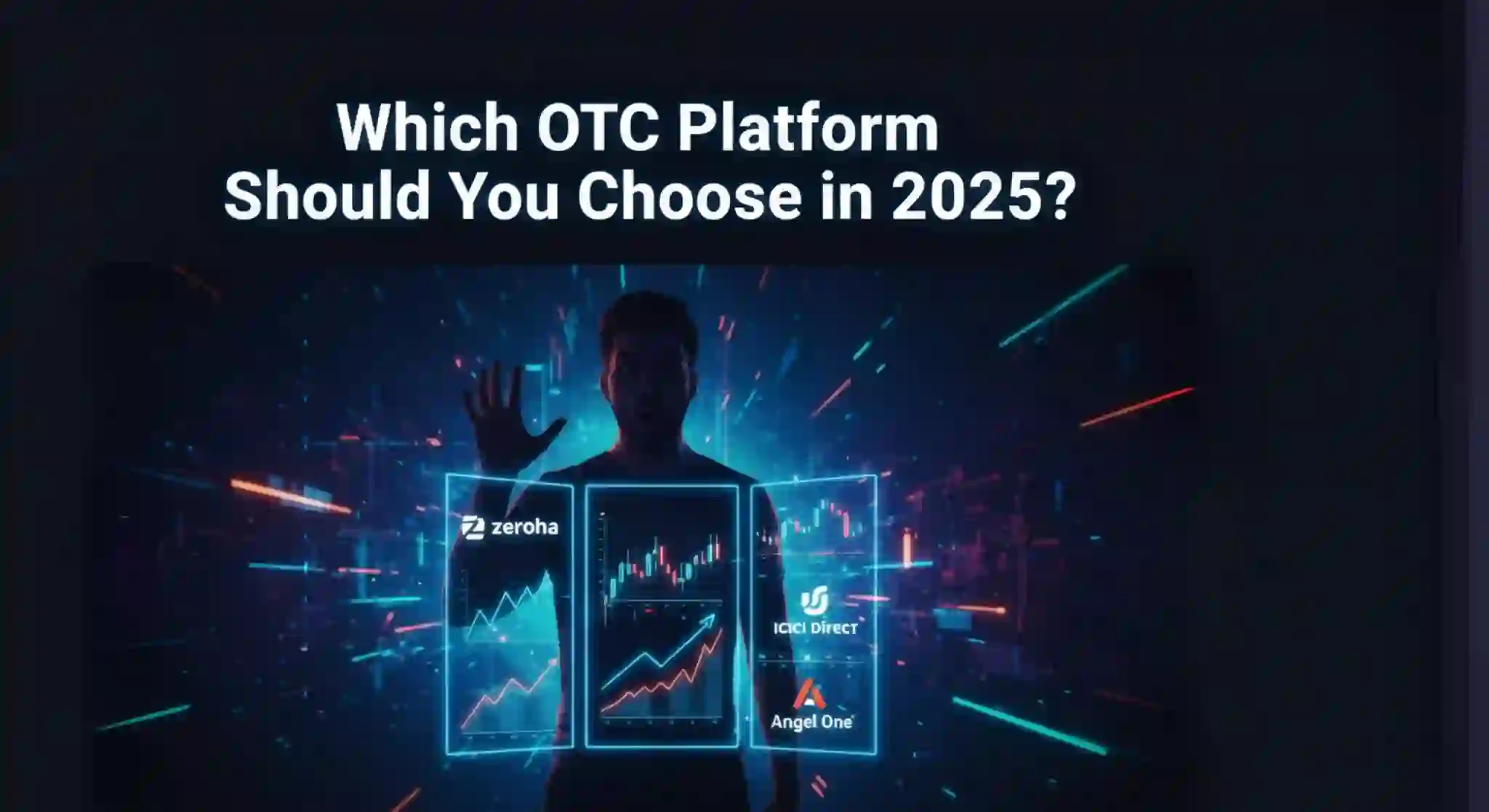Discover the hidden charges behind No-Cost EMI on credit cards in 2024. Learn how these charges work, what to look out for, and how to avoid unexpected costs.
Introduction
In 2024, the No-Cost EMI option on credit cards has become an attractive financing tool for consumers looking to make large purchases without an upfront financial burden. It allows users to pay in installments without any interest, making it a go-to choice during sales and festive seasons. But is it truly “no cost”? Often, hidden charges are lurking beneath the surface, making it crucial for buyers to understand what they are getting into.
What is No-Cost EMI?
No-Cost EMI is a financing option where you can purchase a product using a credit card and pay in installments without additional interest. However, while the “interest-free” tag attracts consumers, various hidden charges can inflate the total cost of the purchase.
Hidden Charges in No-Cost EMI on Credit Cards
While the idea of No-Cost EMI is enticing, several hidden fees can affect the actual cost. Here are some of the common charges to be aware of:
1. Processing Fees
Even though No-Cost EMI doesn’t add interest, many banks and credit card companies charge a processing fee. This fee can range between 1-2% of the product’s price. While it might seem small, on larger purchases, this can add up to a significant amount.
Example: If you’re buying a product worth ₹50,000, a 2% processing fee would amount to ₹1,000 upfront.
2. GST on Interest
Even though No-Cost EMI is marketed as “interest-free,” the bank might still levy GST (Goods and Services Tax) on the interest component that is effectively waived. This can catch many customers off guard.
Example: On a ₹40,000 product with ₹2,000 in waived interest, you may still need to pay GST on that interest, increasing your overall payment.
3. Foreclosure or Prepayment Charges
If you decide to pay off your EMI early, there could be a foreclosure charge. This is a penalty for paying off the loan amount before the agreed tenure, typically ranging from 2-4% of the outstanding balance.
4. Card Annual Fees
While not directly related to the EMI, the annual fees on credit cards offering No-Cost EMI can add an extra cost. If your card has a high annual fee and you don’t use it frequently, this could make the overall deal less attractive.
5. Discount Forfeiture
Some brands offer upfront discounts that are “rolled back” if you choose the No-Cost EMI option. This means you could lose out on flat discounts that would have applied if you made a one-time payment.
How to Avoid Hidden Charges on No-Cost EMI
Understanding the potential pitfalls of No-Cost EMI is the first step to avoiding them. Here’s how you can ensure a transparent transaction:
- Read the Fine Print: Always check the terms and conditions provided by the lender or retailer to understand the complete breakdown of charges.
- Ask About Processing Fees and GST: Contact your credit card provider or the retailer to get clear information about processing fees and GST on the waived interest.
- Compare Offers: Sometimes, opting for a flat discount and paying in full can save more than using No-Cost EMI, especially if the hidden charges add up.
- Opt for Zero Processing Fee Offers: Some retailers and banks waive off processing fees during festive seasons or exclusive sales. Look out for these promotions.
Is No-Cost EMI Worth It?
Whether No-Cost EMI is a good deal depends on your financial situation and the specifics of the offer. Here are some scenarios where it may be beneficial or not:
Good for You If:
- You can comfortably manage the installment payments.
- The processing fees and GST are minimal or waived.
- You’re making a large purchase, and a one-time payment would strain your finances.
Not Ideal If:
- The hidden charges, like processing fees and GST, add up to more than the interest saved.
- You’re losing out on a significant upfront discount by opting for No-Cost EMI.
- Your credit card’s annual fee makes the deal less attractive.
Frequently Asked Questions (FAQs)
Is No-Cost EMI really interest-free?
Technically, yes, but be aware of additional fees like processing charges and GST on interest, which can increase the overall cost.
Are there any hidden charges I should know about?
Yes, some common hidden charges include processing fees, GST on interest, and potential foreclosure fees if you close the EMI early.
Does using No-Cost EMI affect my credit score?
Using No-Cost EMI and paying it off on time can positively affect your credit score. However, missed payments can have the opposite effect.
Can I prepay or foreclose my No-Cost EMI?
Yes, but some banks charge a foreclosure or prepayment fee. Always check with your credit card issuer for details.
How do I know if a No-Cost EMI offer is good?
Compare the total cost of No-Cost EMI (including hidden charges) with the one-time payment cost. If the EMI option ends up costing more, it may not be the best deal.
Conclusion
In 2024, No-Cost EMI on credit cards continues to be a popular financing option, but hidden charges can sometimes overshadow the benefits. By being aware of potential fees like processing charges and GST on interest, and comparing deals, you can make informed decisions and avoid unexpected costs. Always read the fine print and ask questions to ensure you’re getting the best deal for your purchase.
This post is for informational purposes only.Invest responsibly.No guarantees of results. Seek professional guidance before investing.Consult experts for personalized advice.AI-assisted content, editorially reviewed.See our terms for details.Please note that I am not a SEBI registered investment advisor. The information provided in this article is for informational and educational purposes only and should not be construed as financial advice. Always consult with a qualified and SEBI registered financial professional before making any investment decisions. .Follows Google policies.Not affiliated with Investopedia.com. investopedia.co.in Independent site.











